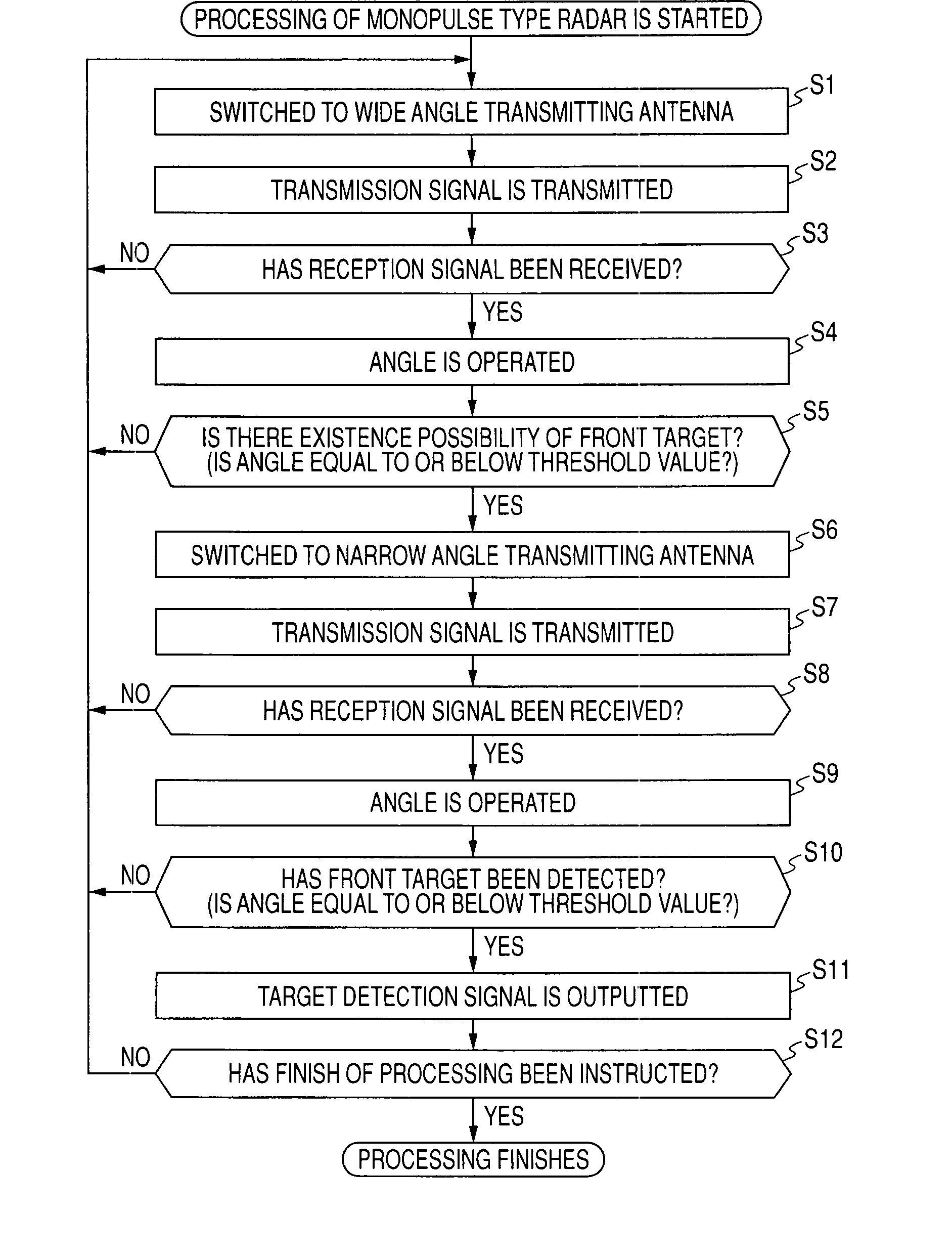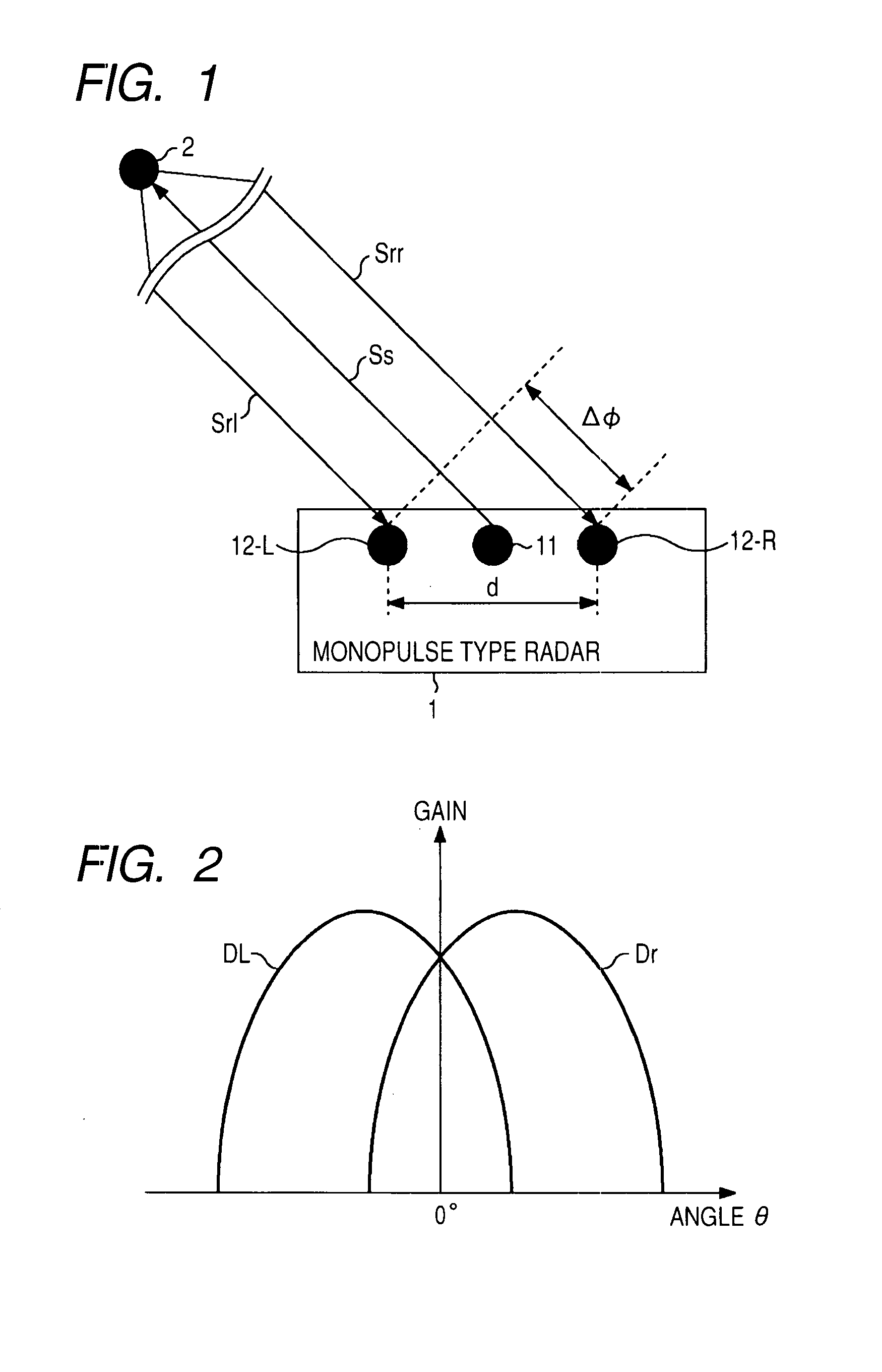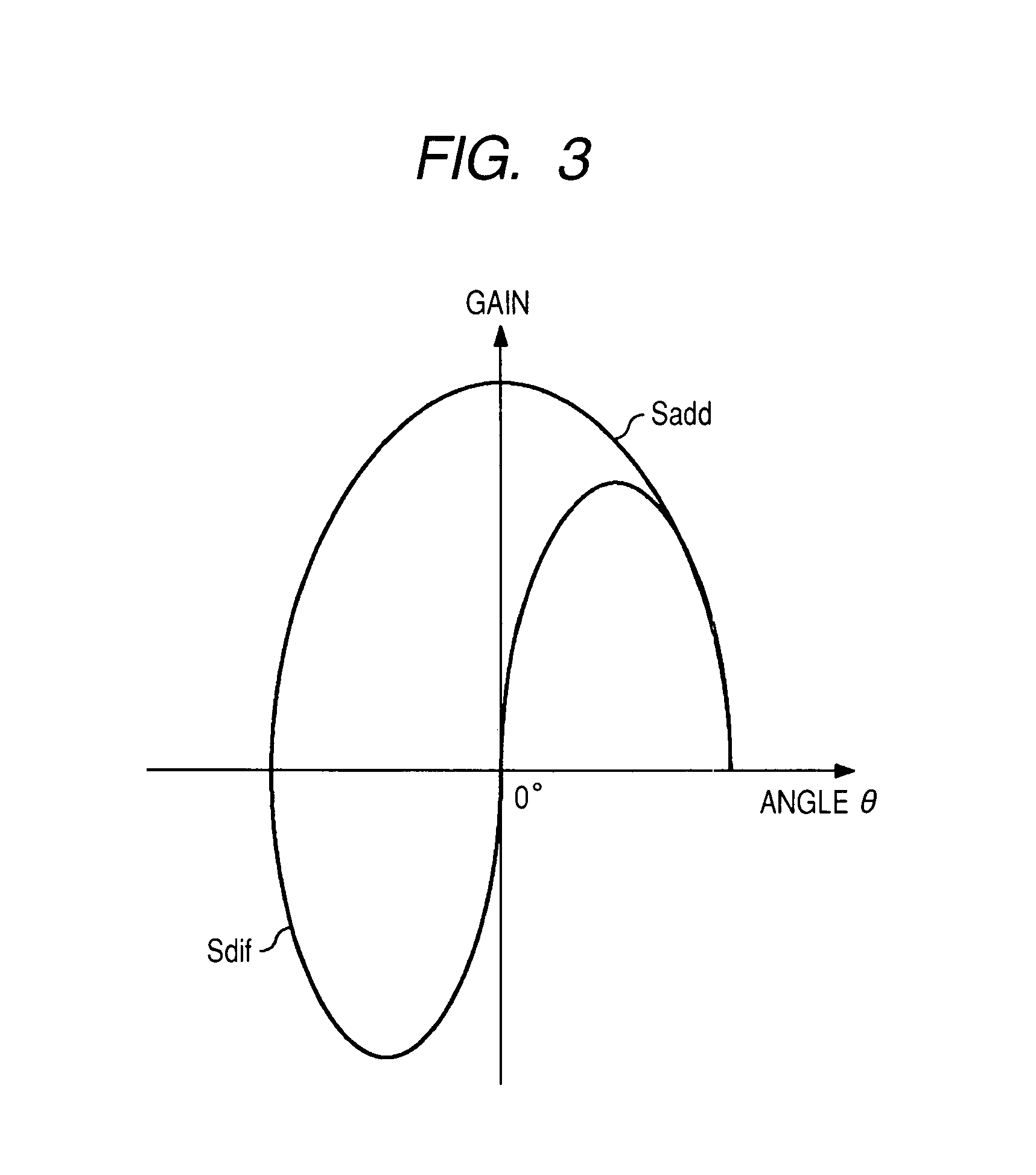Radar device and radar method
a technology of a radar and a detection device, which is applied in the direction of measurement devices, instruments, antennas, etc., can solve the problems of inability to accurately specify whether the detection is correct or not, and the above-mentioned problem still exists, so as to reduce the error detection and the effect of detecting objects more accurately
- Summary
- Abstract
- Description
- Claims
- Application Information
AI Technical Summary
Benefits of technology
Problems solved by technology
Method used
Image
Examples
Embodiment Construction
[0049] Exemplary embodiments of the invention will be described with reference to the accompanying figures. Like items in the figures are shown with the same reference numbers.
[0050] In embodiments of the invention, numerous specific details are set forth in order to provide a more thorough understanding of the invention. However, it will be apparent to one of ordinary skill in the art that the invention may be practiced without these specific details. In other instances, well-known features have not been described in detail to avoid obscuring the invention.
[0051] At the outset, a radar device according to one or more embodiments of the present invention is explained by referring to FIG. 6 and FIG. 7.
[0052] In one or more embodiments of the invention explained here, an assumption is made to perform, by the monopulse type, the detection of the detection object near the front center direction. Such a detection is implemented by a monopulse type radar 51 shown in FIG. 6 and FIG. 7. ...
PUM
 Login to View More
Login to View More Abstract
Description
Claims
Application Information
 Login to View More
Login to View More - R&D
- Intellectual Property
- Life Sciences
- Materials
- Tech Scout
- Unparalleled Data Quality
- Higher Quality Content
- 60% Fewer Hallucinations
Browse by: Latest US Patents, China's latest patents, Technical Efficacy Thesaurus, Application Domain, Technology Topic, Popular Technical Reports.
© 2025 PatSnap. All rights reserved.Legal|Privacy policy|Modern Slavery Act Transparency Statement|Sitemap|About US| Contact US: help@patsnap.com



